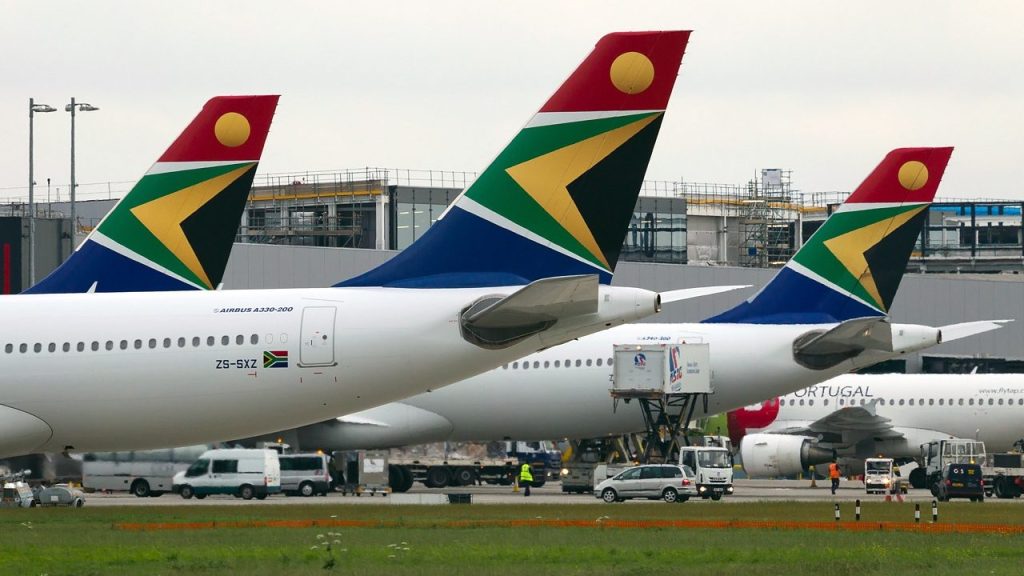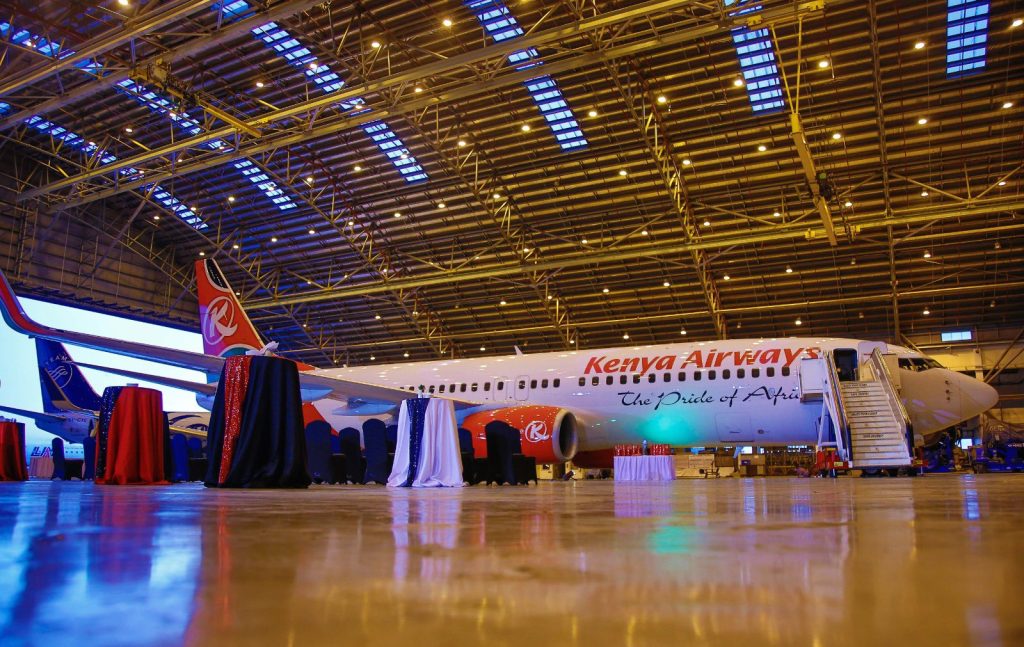African airlines will post a collective profit for the second consecutive year in a striking turnaround for one of the sectors worst hit by Covid disruption.
According to the International Air Transport Association (IATA), African airlines have returned to profit on booming demand, further strengthening their earnings in 2024.
According to the World Airlines Trade Association, profit per passenger is expected to be nearly double the 2023 figure. However, the projected US$100 million profit, equating to 90 cents per passenger, starkly contrasts the global average of US$6.14, underscoring the tenuous nature of this rebound.
Kamil Alawadhi, IATA’s Regional Vice President for Africa and the Middle East, emphasized the dual nature of this financial outlook. “Africa’s airlines are making a collective profit. That is good news,” he remarked.
He also noted that this profit margin is “razor-thin and well below the global benchmark,” with many airlines across Africa struggling with significant losses. Key issues such as high operational costs and heavy taxation have posed significant obstacles.
Additionally, the lack of a continent-wide multilateral traffic rights regime has fully limited the sector’s ability to capitalise on the rising travel demand.
“The demand to travel is there. To meet it, the African airline sector needs to overcome many challenges,” Alawadhi said.
Despite these obstacles, there are clear signs of progress. African airlines are expected to achieve a net post-tax profit of US$100 million, a significant improvement from the previous year.
Profit margins are anticipated to be 0.6% of revenue, up from 0.4% in 2023, yet still considerably lower than the global net profit margin of 3.1%. Revenue passenger kilometres (RPK) growth is expected to be 8.5%, indicating robust passenger demand, although slightly trailing the projected capacity growth of 9.1%.
The load factor is projected to reach 61.9%, slightly above the 59.8% break-even load factor for African airlines. These figures reflect a sector regaining its footing, albeit slowly and unevenly across the continent.

To address these challenges, IATA’s Focus Africa initiative offers a strategic framework to strengthen the aviation sector. The initiative outlines steps to create a more resilient and efficient industry to drive economic growth and social development.
“The prize for working together across the continent for safe, efficient, and sustainable air connectivity is well worth focused policy efforts,” Alawadhi stresses.
Pent-up demand for travel is expected to fuel the full recovery of Africa’s aviation and tourism sectors, with both inbound and outbound travel showing impressive performance, according to recent air travel research.
Tourists, long confined by the pandemic’s constraints and with vacation savings, will make up the bulk of visitors to the continent.
This surge in demand is expected to resuscitate the aviation sector and propel the tourism industry to new heights. Egypt, Kenya, and South Africa are expected to witness the biggest rebound.
International Air Transport Association (IATA) figures show that in 2023, global international traffic, including in Africa, climbed 41.6% versus 2022 and reached 88.6% of 2019 levels.
“December 2023 international traffic climbed 24.2% over December 2022, reaching 94.7% of the level in December 2019,” it said on Friday (February 2), ” teeing up airlines for a return to normal growth patterns in 2024.”
“The restoration of connectivity is powering the global economy as people travel to do business, further their educations, take hard-earned vacations and much more,” it said.

According to IATA, some 4.7 billion people are expected to travel in 2024, a historic high that exceeds the pre-pandemic level of 4.5 billion recorded in 2019.
German research platform Statista estimates that revenue in Africa’s Travel and Tourism market will reach US$24.42 billion this year.
Credit: Seth Onyango, Bird Story Agency

